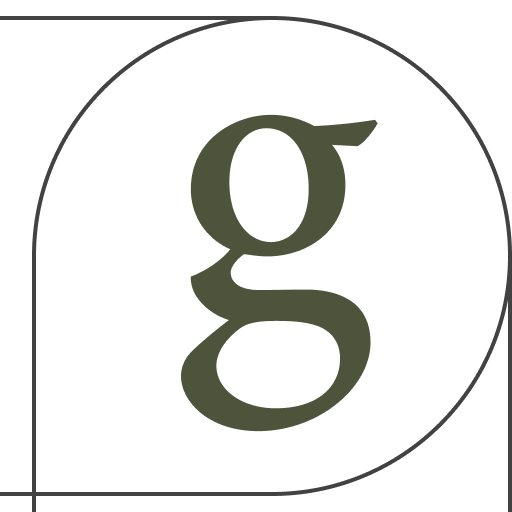The Gym No. 6: Uncentering (with a few more thoughts on Space)
Ah, I dreamed I was at the theatre—it was small, a blackbox. There would be a dance performance, but I didn’t get to see it. All I remember is the warmth of settling in a semi-dark room with my fellow audience members in mutual anticipation, and the feeling of sitting shoulder to shoulder with a stranger. My face is so close to his face.
♡
One of the luxuries of not adhering to even a semblance of a publishing schedule is that nothing tells me when to close the book. Given what people in Texas have been through in the last couple of weeks, I want to linger on the topic of space for a minute.
I’ve lived in places with cold winters much of my life and never once feared that I’d freeze to death in my bedroom. But that’s what happened to people. Children. Grandparents. A neighbor one block over.
On top of that, a total lack of systems thinking caused a domino effect of problems for survivors. In many homes, power outages caused pipes to freeze and break, which contributed to the drastic reduction in water levels, which resulted in a lack of water for many and nonpotable water for most of the state.
For so many, the safe spaces we’ve been tethered to for the past year turned into nightmares, the sources of trauma. Now, when I think about community and creative space, I quickly snowball into questions of free will. The social contract between residents and governments—the one that says, we pay you and abide by certain rules and expect you to keep the lights on—has been broken. How can we claim spaces as our own when they’re subject to the manipulations of capital-driven systems that don’t act in our best interests? Do we need to take ourselves off the grid to really claim spaces as our own? But an every-human-for-themselves existence doesn’t lend itself to generative, communal, open-door spaces. Dystopia upon dystopia. Where are we going?
As our kids’ beloved fifth-grade teacher would say when we were all failing at remote learning, ugh.
♡
Onto something just as messy, but less demoralizing.
In UX design, we often use the language of “centering”: we’re working toward human-centered design, we’re making user-centric products and experiences. We develop personas to help us center our designs on lifelike characters, and we write user stories to help us center features and fixes on a de facto use case. We do all of this to make sure we’re creating things for the people who will be using them, rather than for ourselves or the people who are paying us to create things, which is important.
But the “centering” language oversimplifies. In truth, there is no customer or user at the center. Designing for people, if we are aiming for inclusivity, requires uncentering: every person is one of an infinite quantum of centers. How can we make each of them the center of our designs? Of course it’s impossible—that’s why it’s important! The less centered a design, the more resilient, accessible, and inclusive it is. It’s “yes, and.” It’s “everyone’s right.” The point is to not give up on each other.
That’s all ambiguities and potions, but the pandemic has pushed arts organizations to very tangibly uncenter. Many are rethinking strategies centered on a traditional season, a concert hall, a studio, an urban arts hub. Others are reflecting on who’s an artist, what’s an audience, what constitutes a performance, and what is the work of performing artists when they’re not working toward a performance. In the NYT alone, I’ve read about rethinking orchestra programming, changing what drives a dancer’s worklife, moving dance classes outside, and a call for the federal government to take meaningful interest in the arts and artists. I’ve been following Live in America, a yearlong project by the Austin-based organization Fusebox (uncentering is in its DNA)—it’s investigating the contexts and practices of artists in places far outside (culturally as much as geographically) the cities that are typically considered hubs for fine art.
At least for dance, performance, and classical music, it seems like these months are making indelible marks on the idea that performing artists hide away for a few weeks or months and—jazz hands!—appear on a proscenium stage with an anticipated work of genius. As it becomes safe for artists to unite with audiences in real proximity again, maybe we’ll see less centered creation and engagement, with less binary concepts of audience vs. art. This all coheres with the continued shift of the responsibility for writing and sparking conversations about art from the media to the arts organizations themselves. (See Fluent-Collaborative and Fusebox in Austin, the Walker in Minneapolis, the Menil in Houston, and any org that has a sustained conversation practice to elicit original perspectives from writers, critics, and publics—let me know what I’m missing!)
I hope we’ll continue to see deeper accountability of arts orgs to their publics and communities, to not just presenting but deeply engaging with and ceding power to Black artists, women and nonbinary artists, and other underrepresented groups.
As dance critic Clive Barnes wrote of his life’s work (which seems so simple in comparison right now!), “the job’s impossible.” For artists and arts orgs fighting for their livelihoods, that’s not an abstraction, and I don’t mean to deemphasize those real hardships and struggles. At the same time, it’s a fascinating time for the arts and our symbiotic relationship, as a society, with art. Losses and innovations are everywhere. All this is to say, I see you not giving up on each other.
♡
